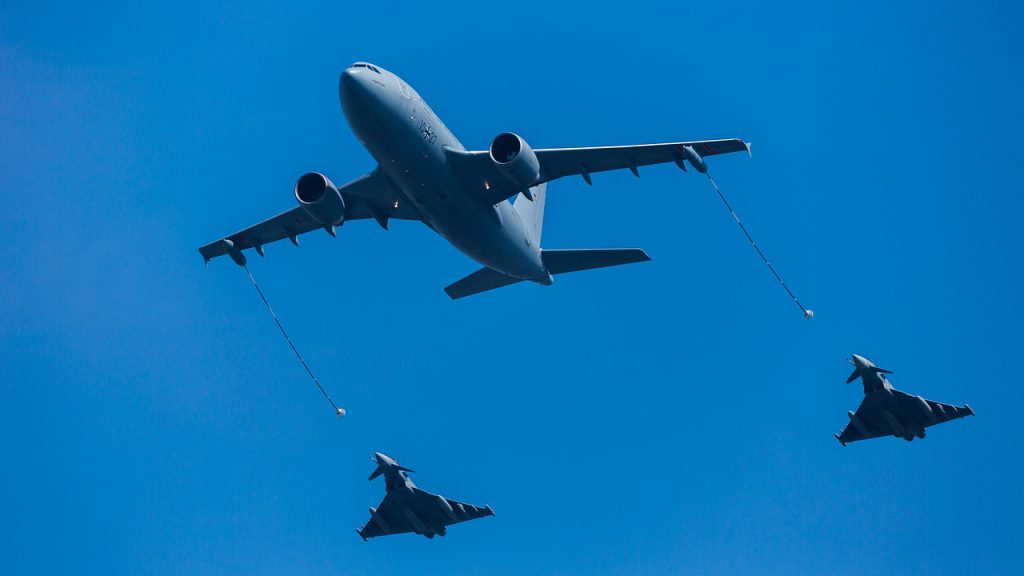Every June 26th, since 1988, the people at Mulhouse-Habsheim Airport (LFGB) organize a big weekend family event with a sky show by Air France. This event has become increasingly popular since it was first started, because it’s held smack dab in the heart of France and features some beautiful people flying along with the planes.
An uncommon occasion
Air France agreed to this request, and considered it an ideal opportunity to reveal its new Airbus A320 in the livery of its launch customer. As it was the first-ever passenger flight of the Airbus A320, only a select few individuals were on board, including crew members and press. The plane’s plan was to make a low overpass at just 100 feet above the ground before landing. This took place right at Paris Charles De Gaulle Airport.
The aircraft flew to Basel/Mulhouse Airport (BSL), where a press conference was held before passengers boarded. According to reports, the jet had 130 passengers and six crew members on board during takeoff. The plane involved was reportedly registered in France with French registration F-GFKC.
Both pilots have a high level of experience.
Flight 447 departed Basel/Mulhouse at 14:41 and climbed to 1,000 feet. It gradually descended until 3 minutes later, the runway in sight. Moments later, when the plane was on-auto-pilot, the pilot cut power out of his system.
When the captain flying the plane at a mere 100 feet tall reached 14:45, he was instructed by the pilot who was monitoring from 450 feet up to drop down. But because of faulty calculations and going faster than a safe flyby altitude, he missed his obstacle and crashed into trees at the end of the runway. One female passenger died from smoke inhalation after she couldn’t release her restraints, and two children died because they were not able to escape the toxic air just in time for their grandparents’ sake.
An investigative examine
In conjunction with Air France and Airbus, an investigation was opened by the Bureau of Inquiry and Analysis for Civil Aviation Safety (BEA), a French air accident investigation bureau. In its report, the BEA listed probable causes of the crash as being a combination of a very low flyover height lower than obstacles surrounding the airfield, a very low speed, and late application of go-around power.
However, following an investigation by the UK’s Civil Aviation Authority, which found that the incident was not deliberate and led to loss of visual and aural information used to maintain altitude, the aircraft was written off. At this point, it had been less than six months old. Data from ATDB.aero shows that it was recently delivered to the airline.
Involuntary manslaughter was found guilty in five cases.
The pilot and his passengers acknowledged the error in their flight plan, and the FAA determined no action was necessary.
The captain of the flight, Asseline, and two Air France officials were found guilty of involuntary manslaughter. In addition, a judge agreed that there was evidence that the airline had tampered with data to hide its mistakes.
Of those found guilty, only Captain Asseline was sentenced to jail. He appealed the sentence and lost, and was sentenced to 10 months in prison and 10 months of probation. The BEA report made further recommendations including that all passengers be banned from demonstration flights, and that flight crews be provided with maps and a survey of airfields.
No A320s had any problems at Air France today
Although the A320 has had a difficult past, its prominence today is due in part to Air France. In fact, ch-aviation.com reported that the type currently flies 40 A320-200s, with 61 previously flown and 13 more on order.

